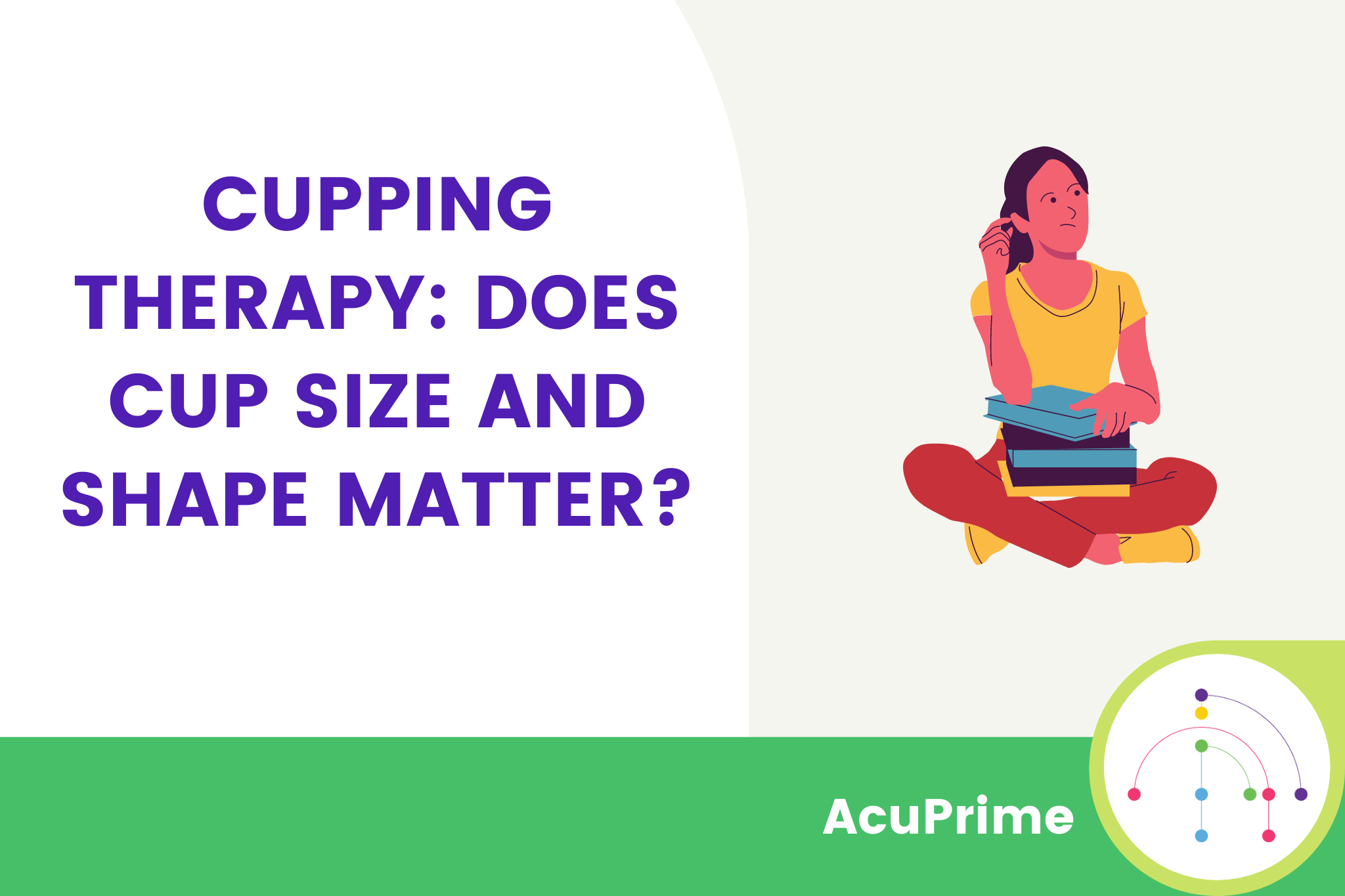In the UK, the average person spends 60% of the time sitting down. If you work in an office, that rises to 75%. Those are frightening statistics considering our bodies are specifically designed to move.
The health ramifications of our sedentary lifestyles are not lost on physiotherapists and occupational health workers. In fact, it’s often the centre point of their work. But despite these risks, we’re not getting any more active as a nation.
As a healthcare practitioner, you often have to wait for patients to be referred to you which means the damage has already been done and you’re there to treat it. Wouldn’t it be better to prevent these injuries in the first place?
Prevention Is Better Than a Cure
The average office worker spends around 1,700 hours a year in front of a computer screen and that’s not counting phone screen or TV time. A self-reported survey also found that office workers spend between four and nine hours a day sat at their desks.
Pilots and professional drivers (such as taxi and lorry drivers) also spend excessive amounts of time sitting down throughout the course of their work.
All this sitting is a disaster waiting to happen, contributing to lower back pain, muscle weakness and a whole host of other health issues. Given that diabetes, cancer and heart disease are all linked to sedentary lives, it’s clear that prevention is the way forward.
Until AI takes over everybody’s sitting-based work and we’re free to practice yoga on mountaintops every day, education and understanding might be the best way to help sedentary workers move more.
Teaching in the Workplace
Practitioners in movement-based healthcare sectors have a great opportunity to take their knowledge into workplaces and show staff how to do their work in a healthier way.
By creating an understanding of the risks of a sedentary life and highlighting the changes they can make to alleviate them, practitioners can take an active role in changing the nation’s health from the ground up.
This is a great way for practitioners to expand into preventative medicine, rather than treatment of preventable issues.
Creating workplace learning materials
In order to sell your services to companies, you’ll need to work out what it is you want to offer. Ideas for workplace health education include:
- Talks
- Workshops
- One-on-one sessions such as physiotherapy or acupuncture
- In-house classes such as yoga or Pilates
Having a range of options will make your services more flexible for different types and sizes of business.
Some companies may have large, purpose-built properties with gyms and rooms available for visiting contractors. These could be ideal places for running weekly appointment sessions for staff who may otherwise find it difficult to organise or attend physical therapy appointments.
Other companies may not have the space and would prefer talks or workshops to educate their staff about how they can stay active in the work environment.
Work specific education
Office workers are by far the largest body of people in sedentary roles but they’re not the only ones who could benefit from additional physical education.
Factory workers and manual labourers can suffer serious workplace or overuse injuries that cost them and their companies dearly. Prevention is always better than a cure and developing teaching materials and workshops to help manual workers stay fit and strong will be welcomed too.
Getting Companies to Take Workplace Health Seriously
Sitting for long periods of time is simply not good for the human body. In addition, staring at a screen for long periods of time can cause headaches and eye strain. It’s not looking great for employers of screen and desk-based workers.
It’s all well and good to say staff can do exercise in their own time, but if staff have to be at their desks for eight hours a day contractually, businesses have a responsibility for this obliged sedentary work.
One of the best ways to sell your services to businesses is to show them how improved workplace health can be positive for their business, as well as their staff.
Improved workplace health can boost immune systems, reduce the risk of depression and help prevent absence from issues such as lower back pain. Movement increases oxygen in the body as well, boosting brain function and overall energy.
Staff absence can be a serious cost for businesses and yet improving workplace health can reduce absences dramatically.
So how do you get to the decision-makers?
Getting Your Work Known
Networking in your local area is one of the best ways to talk about the services you offer and get to know the businesses that could use your help. By developing a menu of services designed for different types and sizes of business, you can give quick introductions to the work you offer and how it can help companies and their staff.
Setting up meetings with HR managers and business owners in your local area is also a good way of explaining why workplace health is so important. This may also enable you to see the buildings in which you could be working and make suggestions on improvements and locations you could run workshops in.
Improving Workplace Health is a Valuable Goal
Traditionally, most physical healthcare has involved treating injuries and conditions that have already occurred. While there will always be patients who require treatment, preventative education and guidance is a powerful tool to use.
By providing preventative guidance for workplace environments, you’ll be supporting the continued health of workers and helping them reduce the risk of damaging their bodies through work.
If you’re looking for clinic essentials or therapy tools like acupuncture needles and kinesiology tape, check out our ranges. We provide the highest quality therapy tools for professionals who are committed to helping those who need it.








